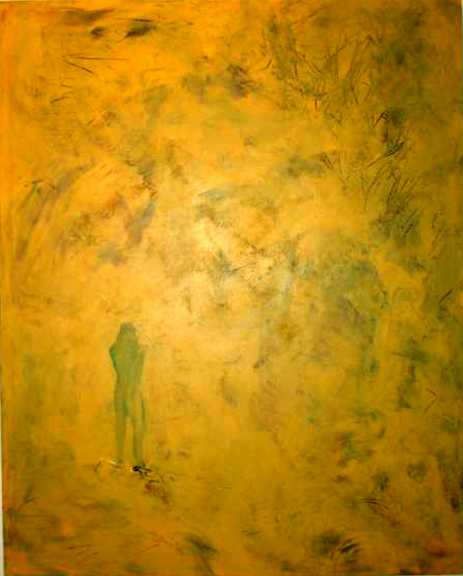
Certain
patients, or better psychical constellations, come to revolve around the
proposition that “all I have got is what I have not got”. This negative
presence becomes the gravity of a psyche founded upon loss. [...].
For Green, Bion and Winnicott the absent other marks the place, names the conditions which allow thought, being or vitality to move forward or inversely, becomes the graveyard of the subject, where attacks on linking(negative K) (Bion, 1959), unintegration (Winnicott, 1963) or madness (Green, 1986c) reign.
Absence may seize hold of us, shadow us, propel us toward oblivion, yet absence is also
constitutive, creative, a necessary condition for vital and alive psychic life.
“Absence is an intermediary situation between presence (as far as intrusion)
and loss (as far as annihilation)” (Green, 1986a, p.50), “In this context,
absence does not mean loss, but potential presence”(Green, 1986b, p.293)
To constitute
absence may be among our most vital tasks. For Bion, thought, love and transformation exist only in
relation to their negatives. The absent (to be without memory or desire) is a
call to the potential emergence of the positive. Winnicott treasured the place
not to be communicated, the solitude that allows self-emergence, and the
destructiveness that embodies the other as separate and apart from ourselves.
For his part, Green elevates the absence to a form of creative structure.
[…]The
potential space created within this frame allows a subjectivity to emerge, with
its vital affects and thoughts intact. By way of negative demonstration, he
depicts the dead mother as never absent, overfilling an inadequate psychic
space.[….] Nothing can truly enter this dense space, and nothing can truly
emerge from it.[…] Only absence allows new thought and fresh experience. (p.114)
[…] The
analytic work must be balanced between a project of representing absence and
offering a framing structure of its own, a psychic envelop (Anzieu, 1990)
constituted through the homologues of the analytic object. Only living under,
within, and between the skin (and skin-ego) of the analytic couple may an
alternative to the grim offerings of the dead mother be sought. (p.115)
Sekoff, J
(1999) The undead: necromancy and the inner world. In G. Kohon (Ed.) The dead mother: the work of Andre Green (pp. 109-127), London: Routledge
Δεν υπάρχουν σχόλια:
Δημοσίευση σχολίου